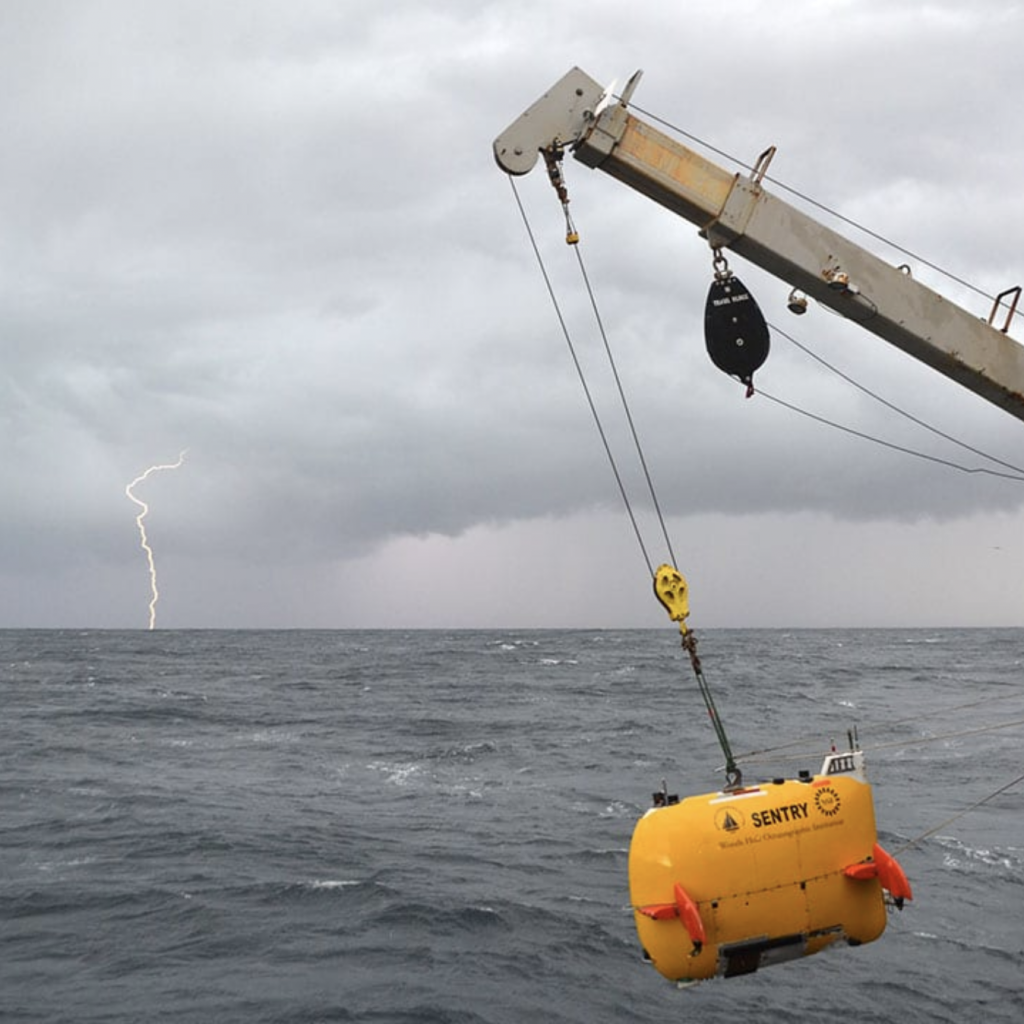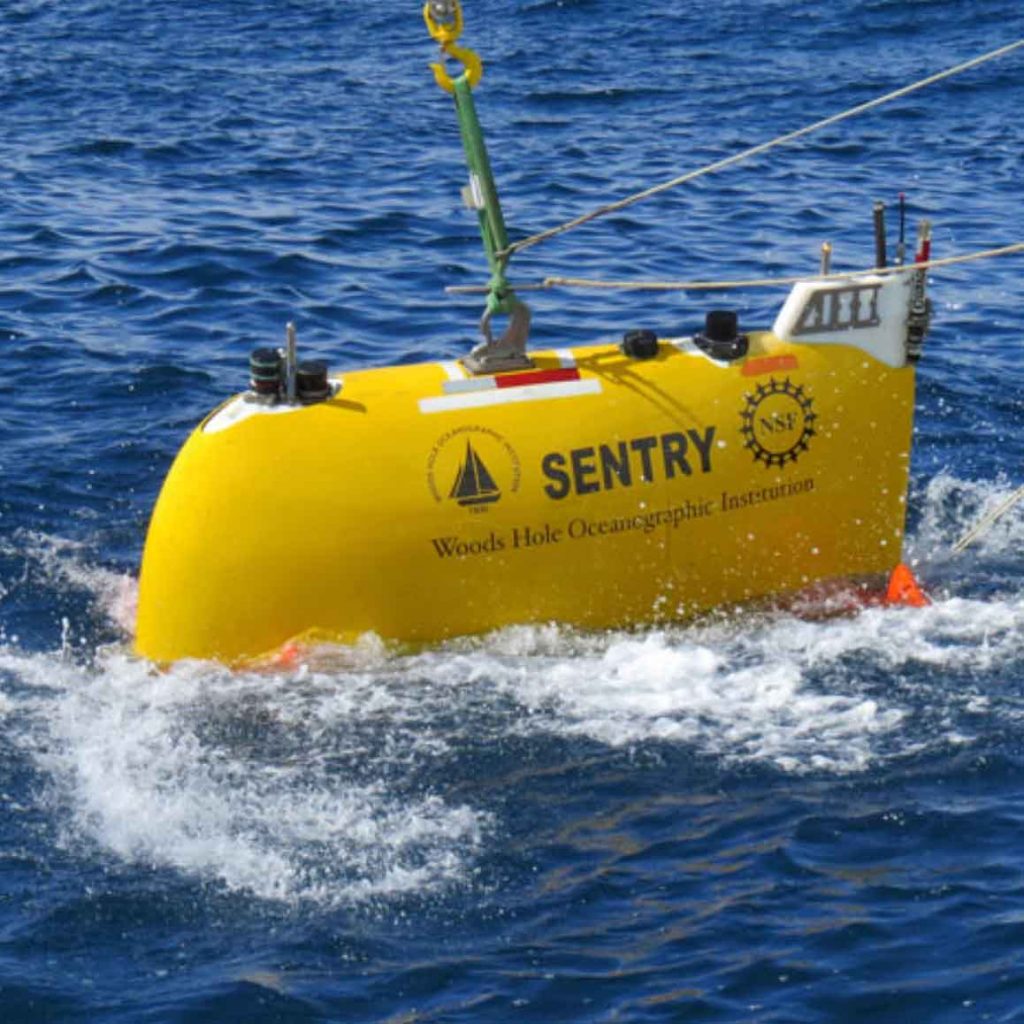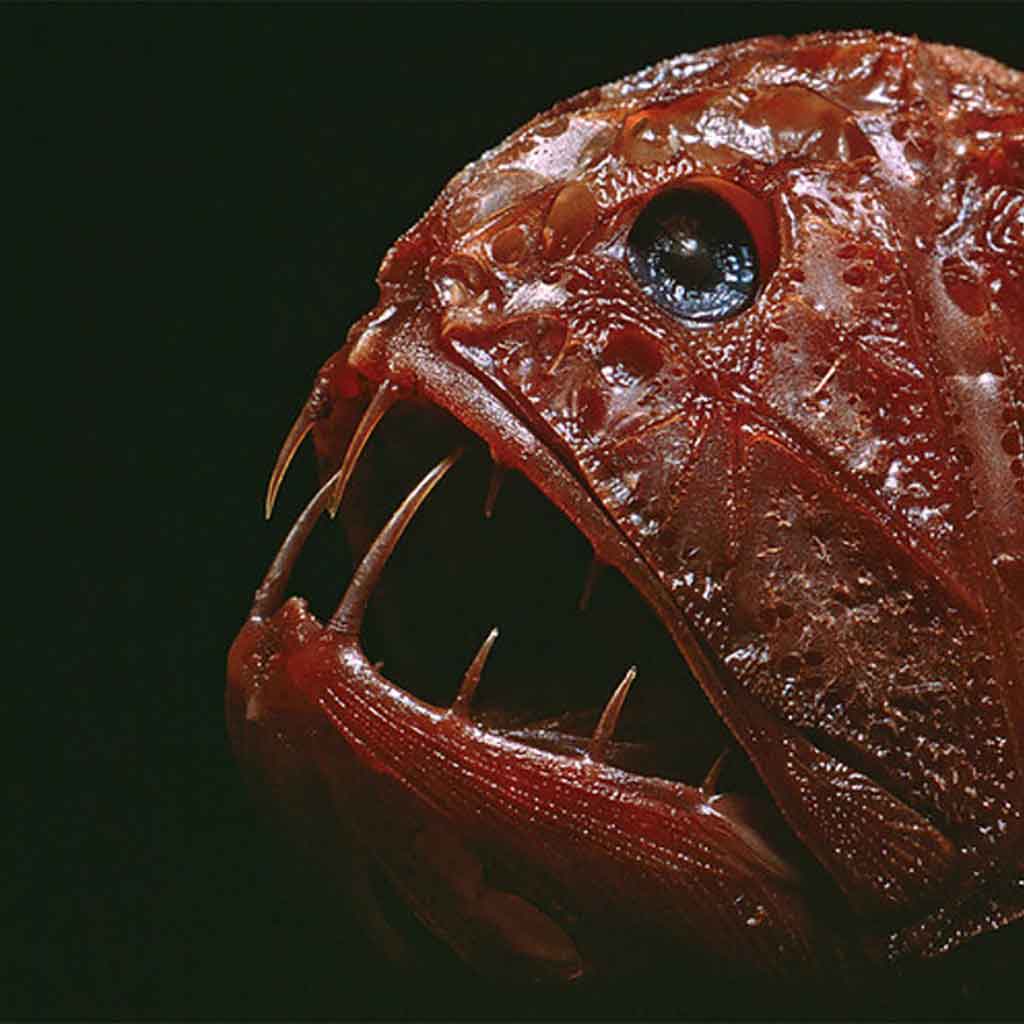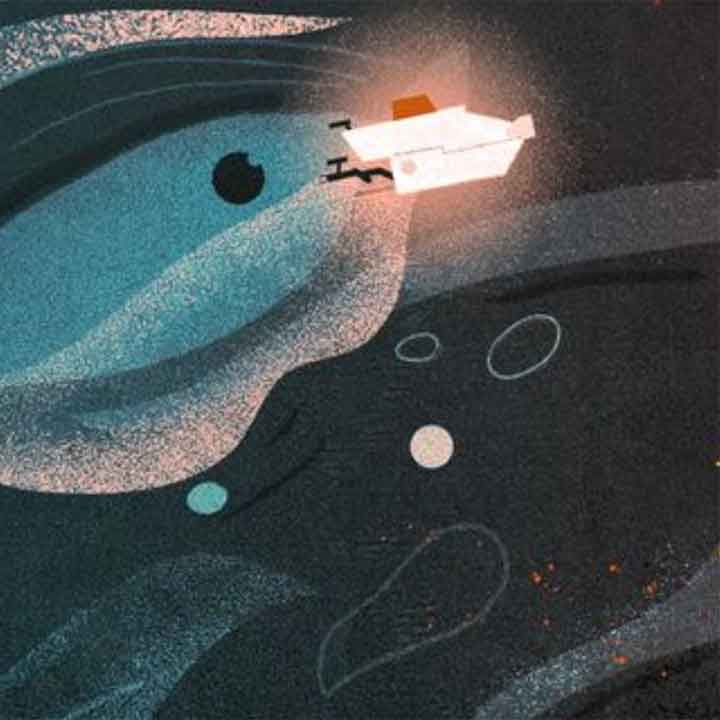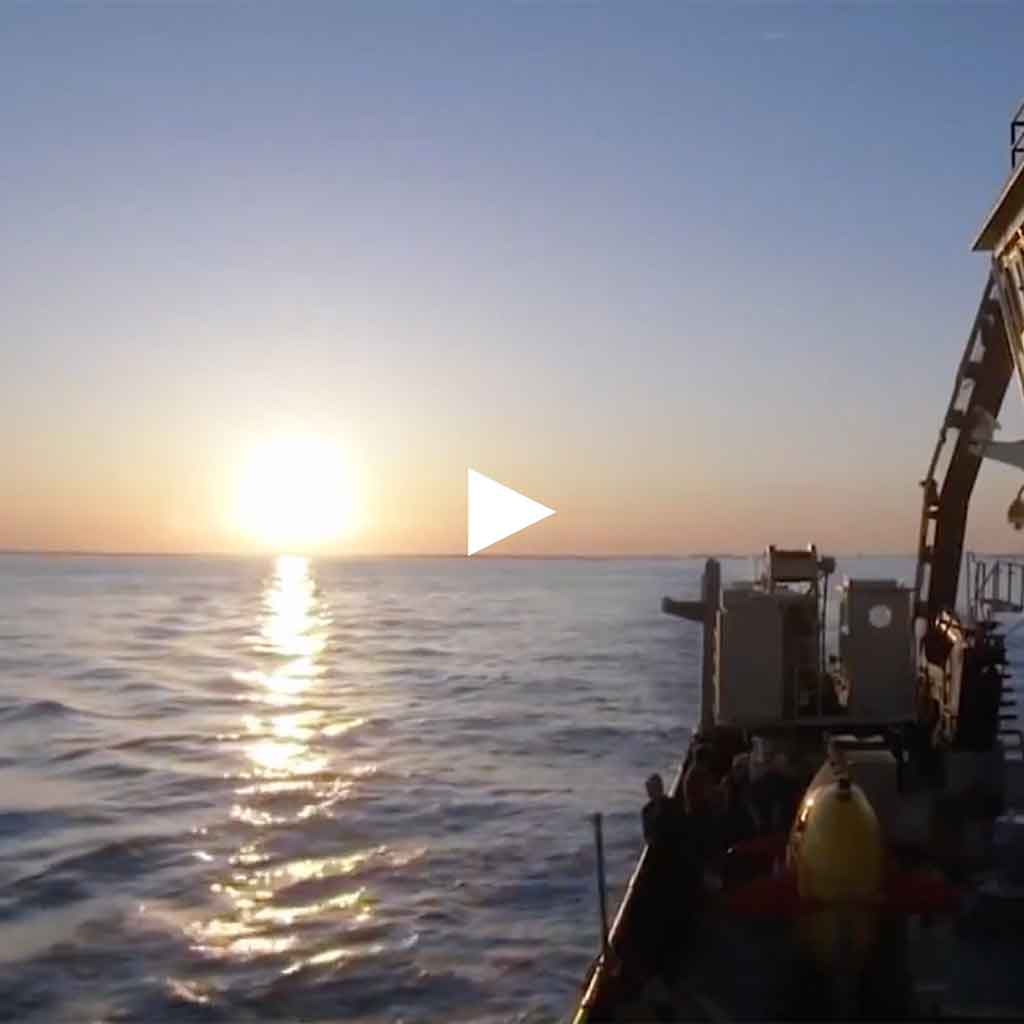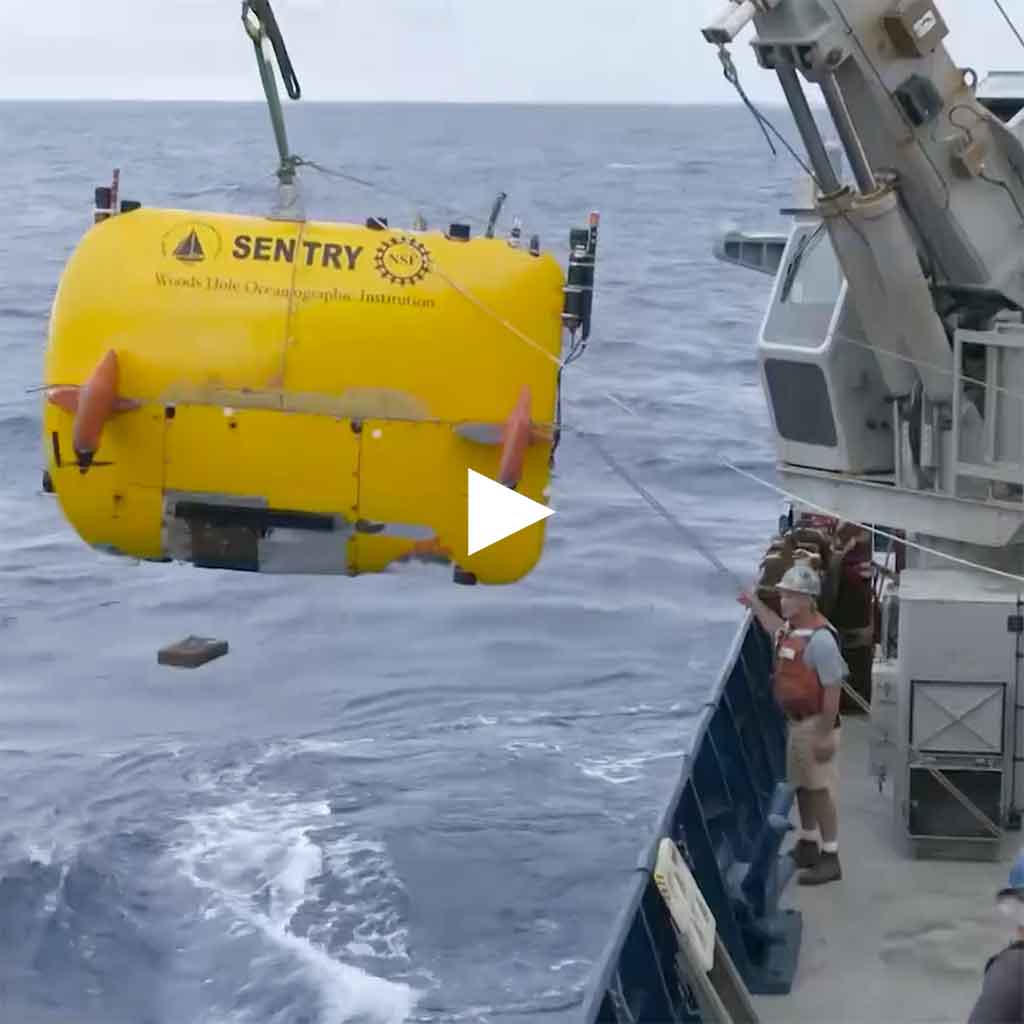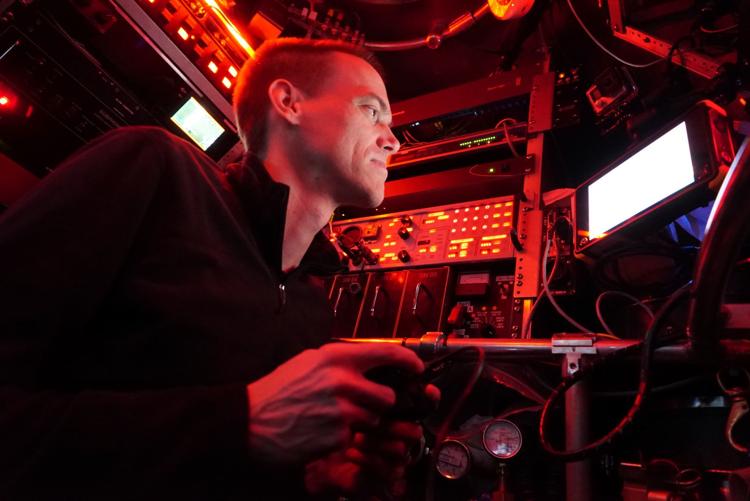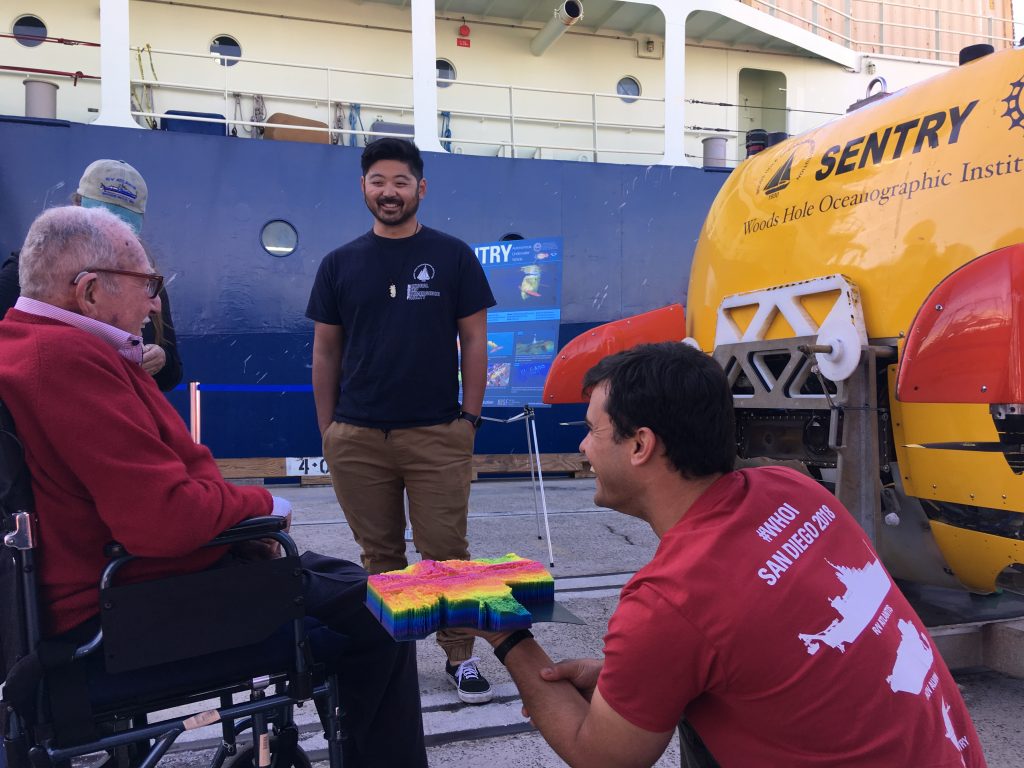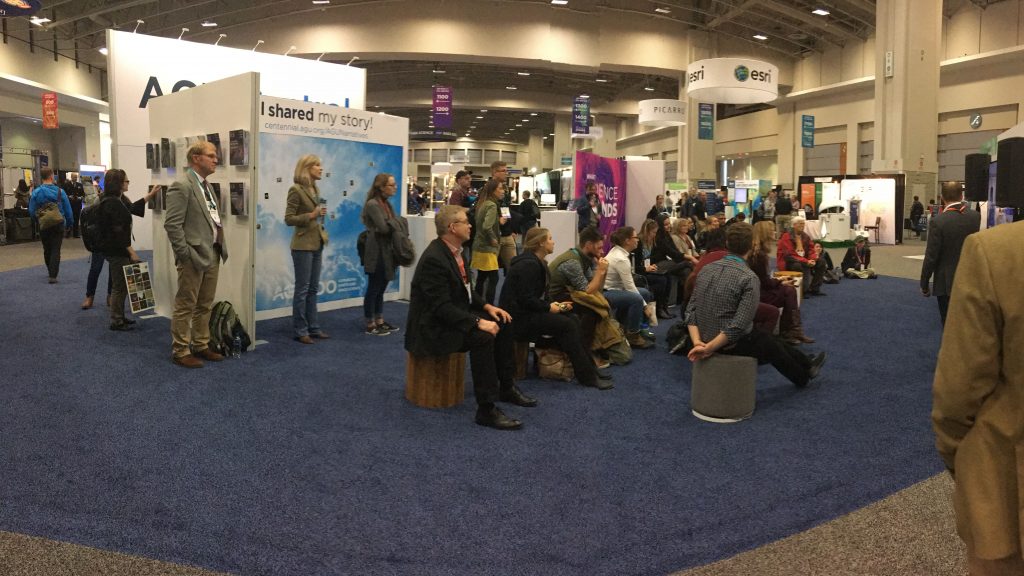AUV Sentry
Lightning Deployment
The Sentry Team and deck crew on the research vessel Atlantis had to move quickly in order to launch the autonomous underwater vehicle between squalls off the West Coast recently. Sentry was participating in the University of Washington-led Pythias Oasis expedition funded by the National Science Foundation to map a seafloor fluid “seep” named after the Greek oracle at the Temple of Apollo in Delphi built…
Read MoreSentry maps the seafloor at the Marion Rise
Check out the cruise site for Sentry’s deployment in the Indian Ocean this past spring. Sentry mapped ~10,000 square kilometers of mantle exposed at the seafloor in this previously unexplored region. Read the daily cruise blog and more about Sentry and the Sentry team.
Read MoreChristian Science Monitor: How the deep sea could unlock outer space
Read an article in the Christian Science Monitor exploring how deep-sea research by the oceanographic community—long enabled by NDSF vehicles—has redefined the understanding of where life can exist. Now that knowledge is being used to look for life beyond Earth.
Read MoreAlvin in HuffPost: Chasing the methane dragon
“A submersible dive is like a slow-motion fall through a distant galaxy.” Read a HuffPost article about scientists using Alvin to study how cold methane seeps are responding to a warming ocean (and a journalist’s first deep sea dive).
Read MoreDisasters at Sea: NDSF assists in investigating sinking of El Faro
Watch an episode of Smithsonian Channel’s Disasters at Sea to see how a team from Woods Hole Oceanographic Institution and NDSF assisted with the recovery of the voyage data recorder a year after cargo ship El Faro sank.
Read MoreAUV Sentry Featured on NSF Science 360
Take a peek at Sentry, Woods Hole Oceanographic Institution’s state-of-the-art autonomous underwater vehicle. Supported by the National Science Foundation, it’s capable of exploring the ocean and seafloor to depths of 19,000 feet while untethered.
Read MoreAUV Sentry set sail to map the uncharted oceanfloor in the roaring forties
Scientists and AUV Sentry team has set sail to map and dregde the uncharted part of the southwest Indian Ridge, “Marion Rise”, with international collaborators. Scientists, lead by Prof. Huaiyang Zhou, practice Tai-chi on morning fantail of TGT to stay calm and sail on soon into the roaring forties. Read more on this cruise, here…
Read MoreHOV Alvin Dive: “Montana State Univ. has been represented in some of the world’s most remote regions and in outer space.”
Missoulian features the biochemist and assistant professor in the Department of Chemistry of Montana State University, Roland Hatzenpichler’s Alvin dive in Guyamas Basin last fall. Alvin dive allowed him to take a great step toward addressing a fundamental science question: “There are very large amounts of material that is being degraded in oceans every day and…
Read MoreSan Diego Open House!
On December 23rd, #NSF_funded Early Career Scientist Training cruise crossed finish line at The R/V Atlantis, #NDSF_WHOI #HOVAlvin, and #AUVSentry San Diego open house event. A moment of “joie de vivre” in oceanography community: Dr. Ross Parnell-Turner (right), an Early Career Chief Scientist in training from the AT 42-06 cruise and a recently appointed professor…
Read MoreSuccessful live broadcast to AGU from HOV Alvin/AUV Sentry cruise on R/V Atlantis
On December 11th, 12th, and 13th, we have successfully convened live broadcast to AGU exhibition booth from HOV Alvin/AUV Sentry cruise (AT 42-06). This event was a part of #NSF_funded NSF/UNOLS/AGU Early Career Scientist Training. Thanks to American Geophysical Union for supporting the pre-cruise webinar series and the live broadcast!! NSF/UNOLS/AGU EARLY CAREER SCIENTIST TRAINING…
Read More
